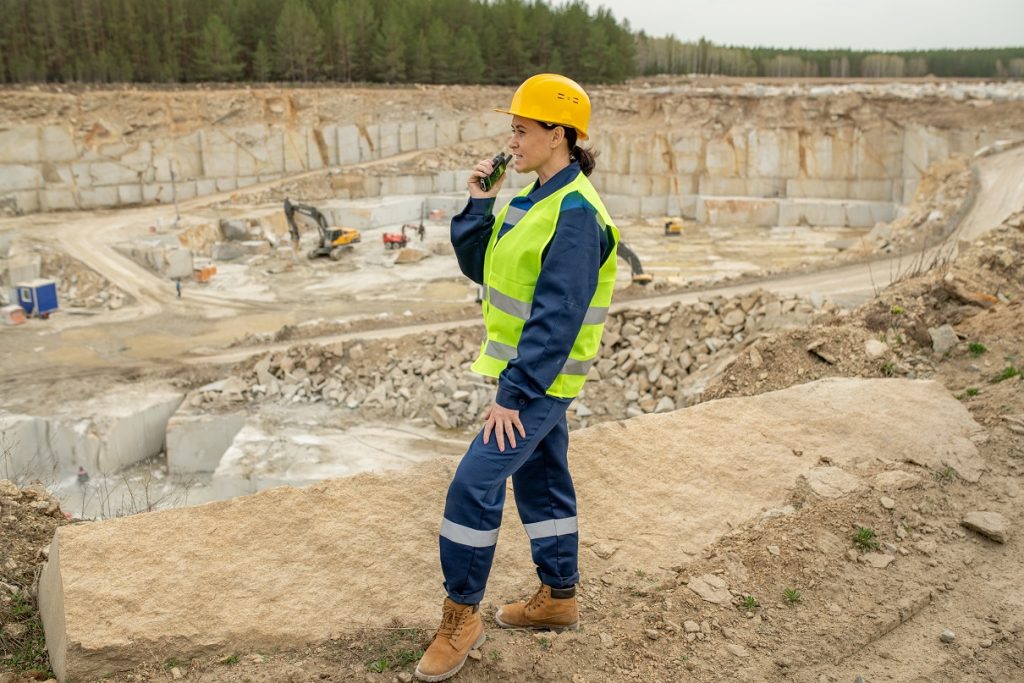In the dynamic world of mining, the decision to hire Mining Consultants or employees is pivotal and can significantly impact a company’s operations, costs, and overall success. Both options come with their own set of advantages and considerations, making it essential for mining companies to weigh the pros and cons carefully before making a decision. Let’s delve into the benefits of hiring a mining consultant versus an employee.

Flexibility and Scalability
Consultants: Hiring a mining contractor offers unparalleled flexibility. Companies can scale their workforce up or down according to project demands without the long-term commitments associated with hiring permanent employees. This flexibility allows for efficient resource allocation and cost management, especially in volatile market conditions.
Employees: On the other hand, employing permanent staff provides stability and consistency in operations. Employees are typically more invested in the company’s long-term goals and culture, fostering a sense of loyalty and commitment. They undergo thorough training and are familiar with the company’s procedures, which can contribute to smoother project execution over time.

Expertise and Specialisation
Consultants: Mining consultants often bring specialised expertise to the table. They may have a wealth of experience in niche areas or possess cutting-edge technology and equipment, enhancing the efficiency and quality of project delivery. Companies can leverage this expertise without the need for extensive in-house training or investment.
Employees: While mining consultants offer specialised skills, employees can be groomed and developed over time to become valuable assets to the company. They have a deeper understanding of the company’s operations, culture, and long-term objectives. Investing in employee training and development fosters a skilled workforce capable of driving innovation and problem-solving within the organisation.

Cost Considerations
Mining Consultants: Hiring mining contractors can be cost-effective, particularly for short-term projects or tasks requiring specialised skills. Companies avoid expenses such as benefits, insurance, and overhead associated with permanent employees. Additionally, contractors often operate on a project-based or hourly rate, allowing for precise budgeting and cost control.
Employees: While employing permanent staff may entail higher initial costs, it can lead to long-term savings and stability. Employees are typically more efficient as they become familiar with the company’s operations, resulting in lower training and onboarding expenses over time. Moreover, investing in employee retention strategies can reduce turnover costs and foster a cohesive work environment.

Regulatory Compliance and Risk Management
Consultants: Mining consultants assume a degree of responsibility for compliance with industry regulations and safety standards. However, companies must thoroughly vet contractors to ensure they meet regulatory requirements, have the correct insurance and maintain a safe working environment. Failure to do so can expose the company to legal and reputational risks.
Employees: Employing permanent staff allows companies to exercise greater control over safety protocols, training, and compliance with regulatory standards. Companies can implement robust safety programs and cultivate a culture of accountability among employees, mitigating the risk of accidents and regulatory violations.
Conclusion
In conclusion, the decision to hire an Australian mining consultant or employees hinges on various factors, including project requirements, budget constraints, and long-term strategic objectives. While contractors offer flexibility, specialised expertise, and cost advantages, employees bring stability, loyalty, and the potential for long-term growth and innovation.
Ultimately, mining companies must carefully assess their specific needs and weigh the pros and cons of each option to determine the most suitable workforce strategy. Whether opting for mining contractors, employees, or a combination of both, prioritising safety, compliance, and efficiency remains paramount in achieving sustainable success in the mining industry.

